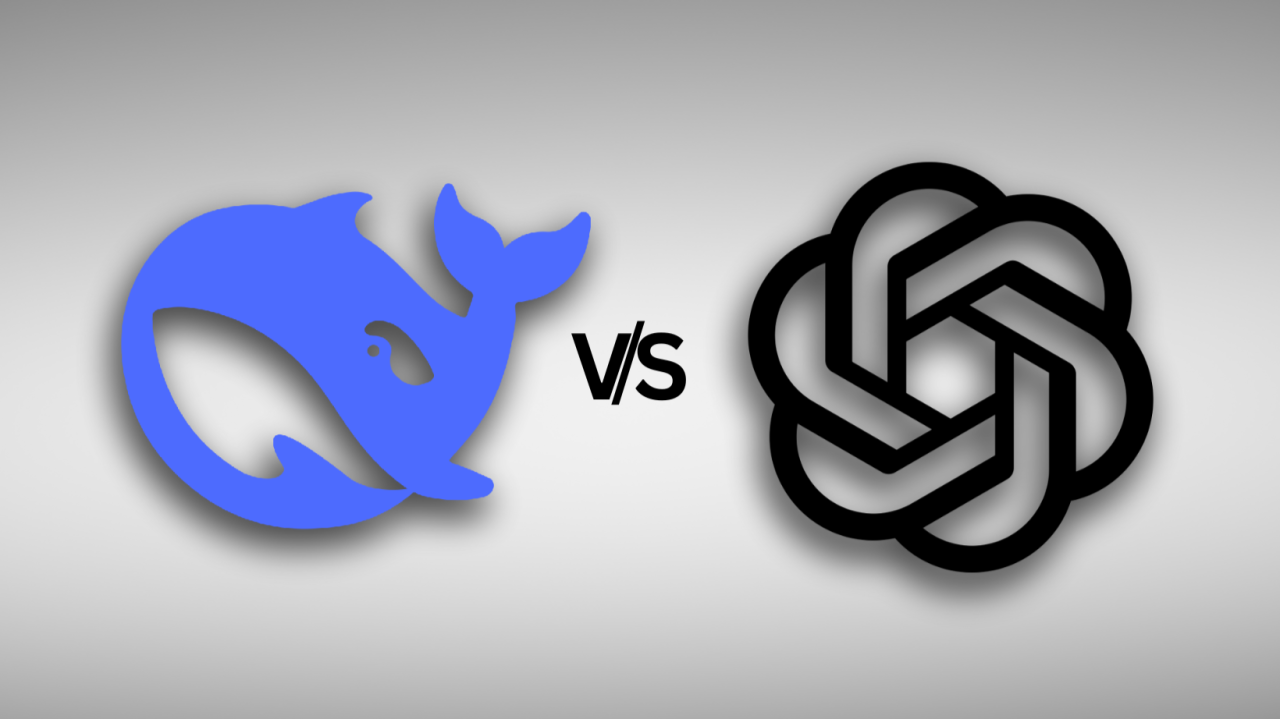OpenAI's ChatGPT has been the biggest name in AI chatbots since it launched in 2022. Now, though, the Chinese chatbot DeepSeek is coming for its crown. After announcing a couple of big technological achievements at the start of 2025, DeepSeek rocketed up the app store charts. But just how does it stack up to ChatGPT?
Before we dig in, a note on naming conventions. I've been writing about AI models for a decade, and things continue to be confusing:
- DeepSeek is the name of a family of AI models, a chatbot that uses them, and the company that developed them all.
- ChatGPT is a chatbot developed by OpenAI that uses models called things like GPT-4o and o1-mini. (And yes, that's the correct capitalization).
I'll try to keep things as clear as possible, but the main two things we're comparing today are ChatGPT the chatbot and DeepSeek the chatbot.
ChatGPT vs. DeepSeek at a glance
ChatGPT and DeepSeek are both easy-to-use AI chatbots, so they're broadly similar. Here's a quick look at how they stack up, but I'll dive deeper into some of the bigger differences below.

Both ChatGPT and DeepSeek offer powerful models
One of ChatGPT’s biggest advantages is its refinement and usability. OpenAI has continuously updated ChatGPT, adding new features such as voice interactions, memory capabilities, and plugins that extend its functionality. The user experience is smoother, with fewer glitches and more intuitive responses.
Both ChatGPT and DeepSeek offer powerful, modern AI models. As I write this in February 2025, ChatGPT currently offers:
- GPT-4o
- GPT-4o mini
- o1
- o3-mini
While DeepSeek offers:
o1, o3-mini, and DeepSeek R1 are reasoning models. They take more time to respond but use chain-of-thought reasoning. This makes them better at challenging reasoning, scientific, and coding problems, but less useful for drafting an email.
.png)
In the charts above from Artificial Analysis, you can see how the various models stack up on different benchmarks. The performance differences between the different models is slight. By far, the largest gap is between the reasoning models and the typical language models, so again, unless you're really pushing the limits of these chatbots, chances are you'll get great results with whatever model you use—so long as it's appropriate to the task.


.png)